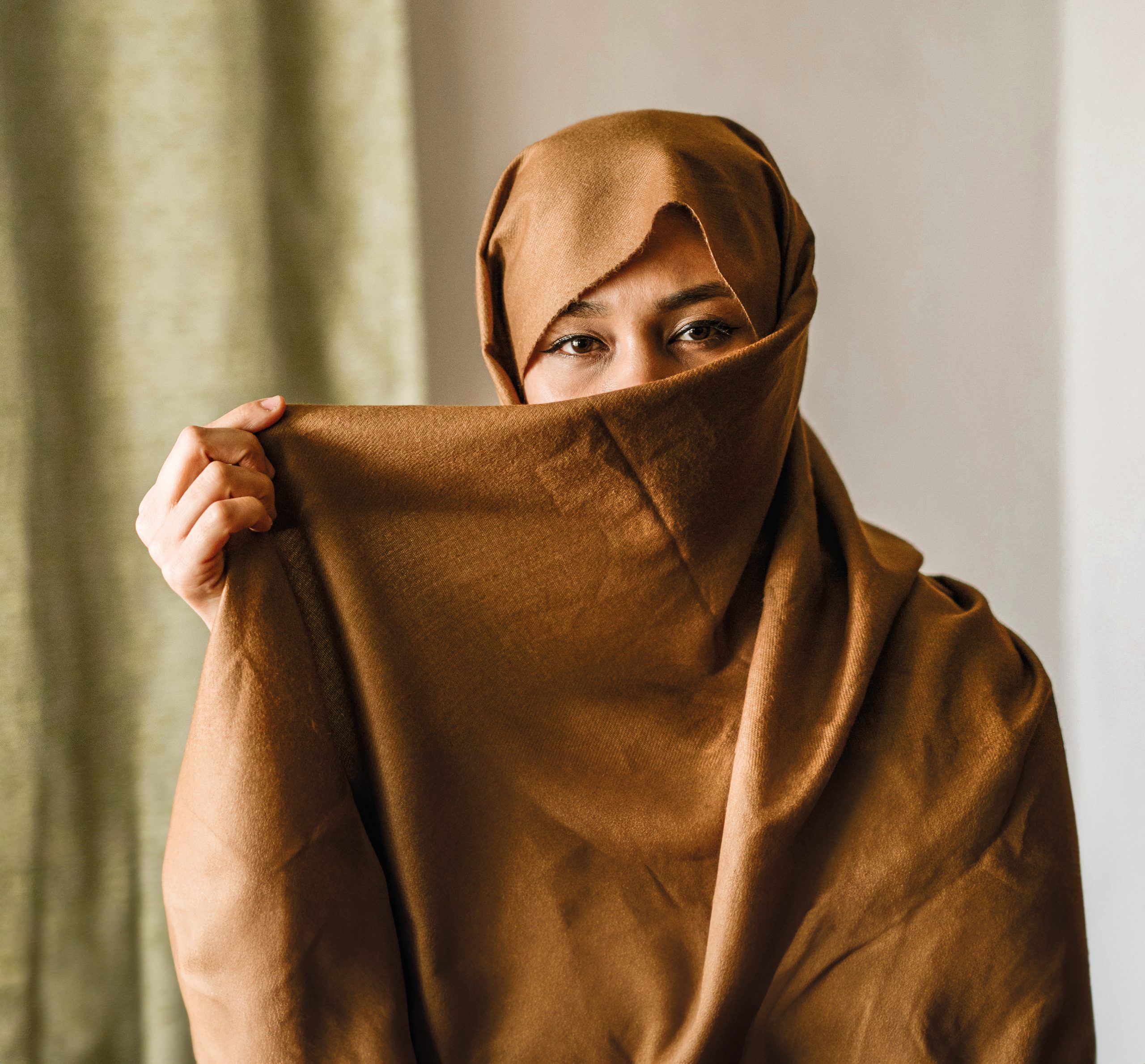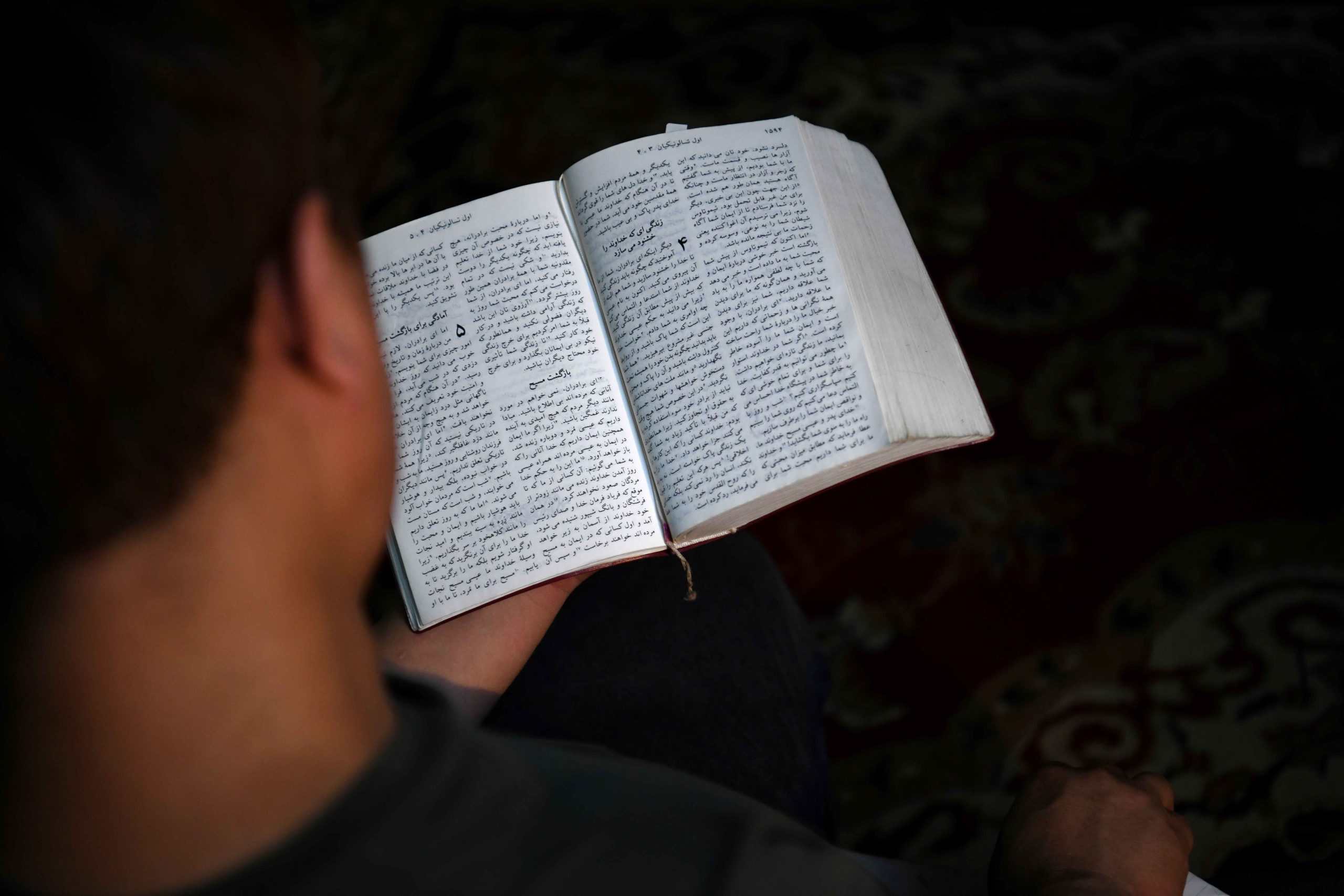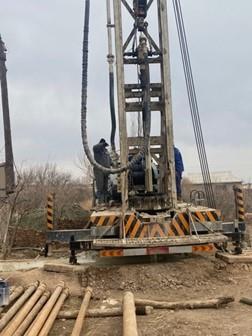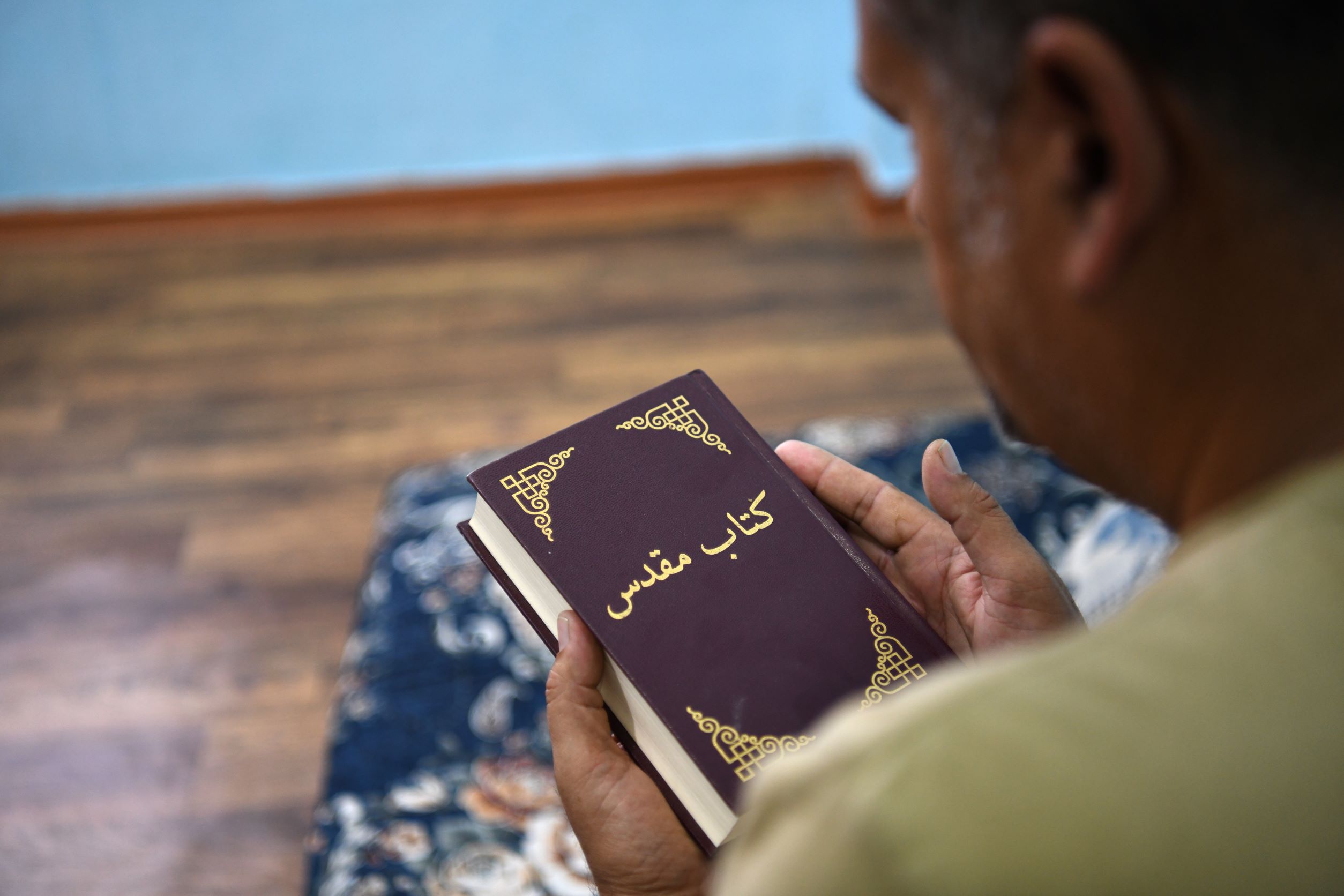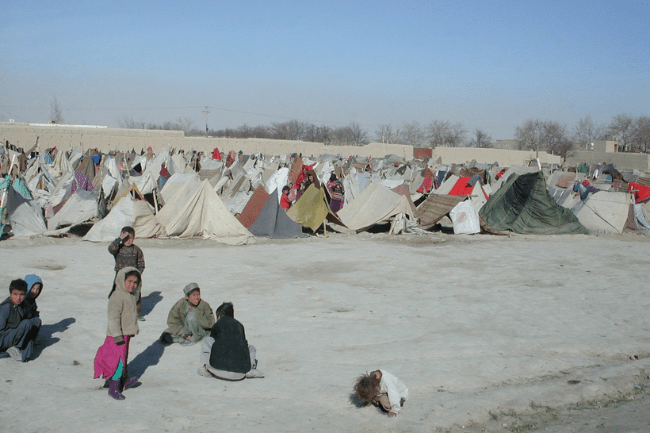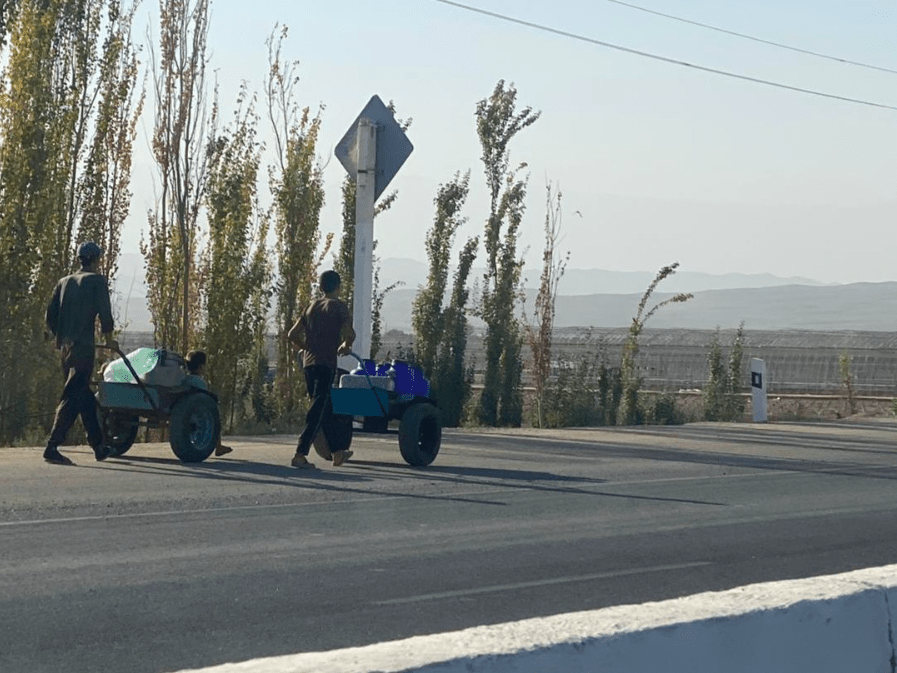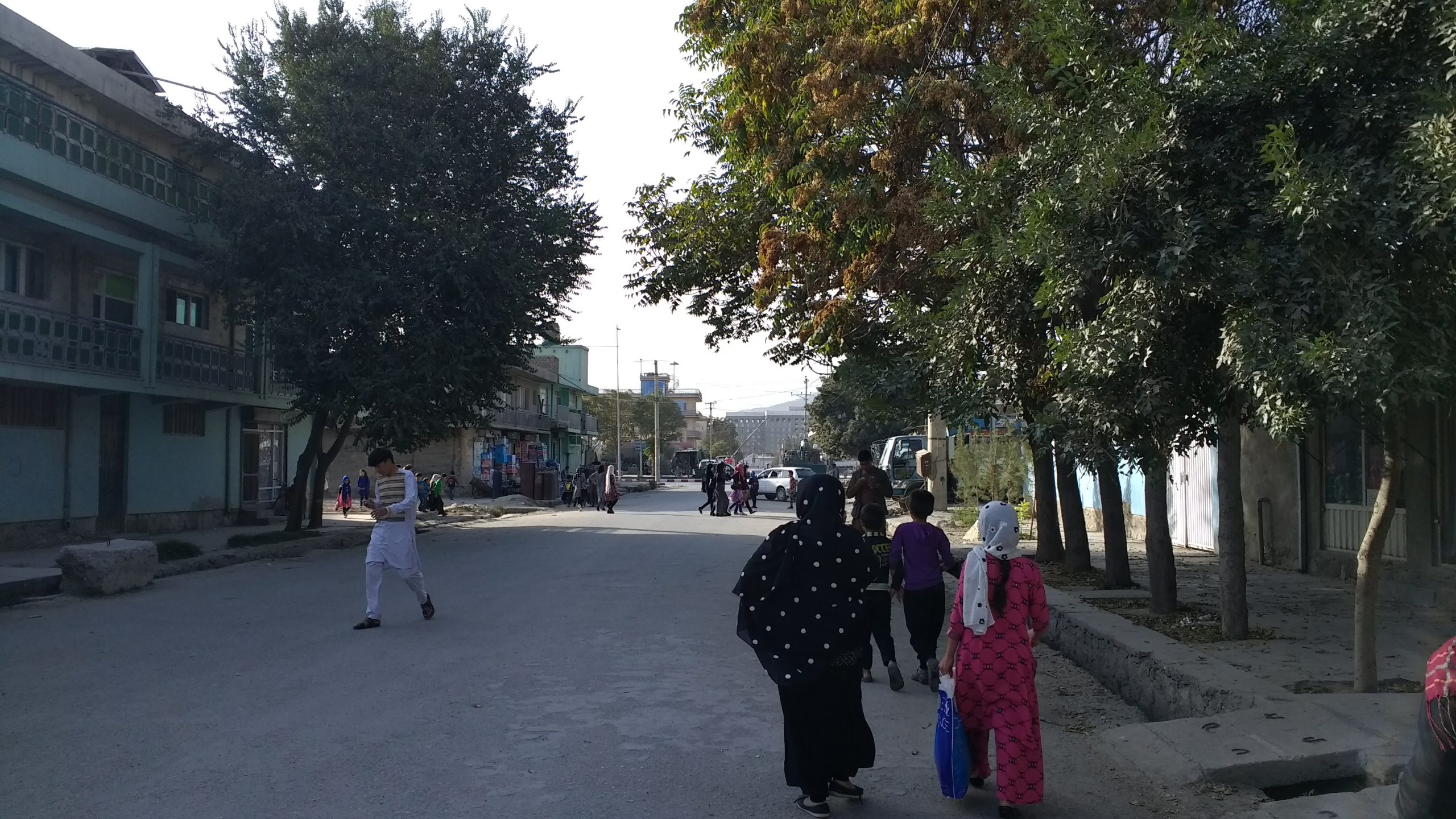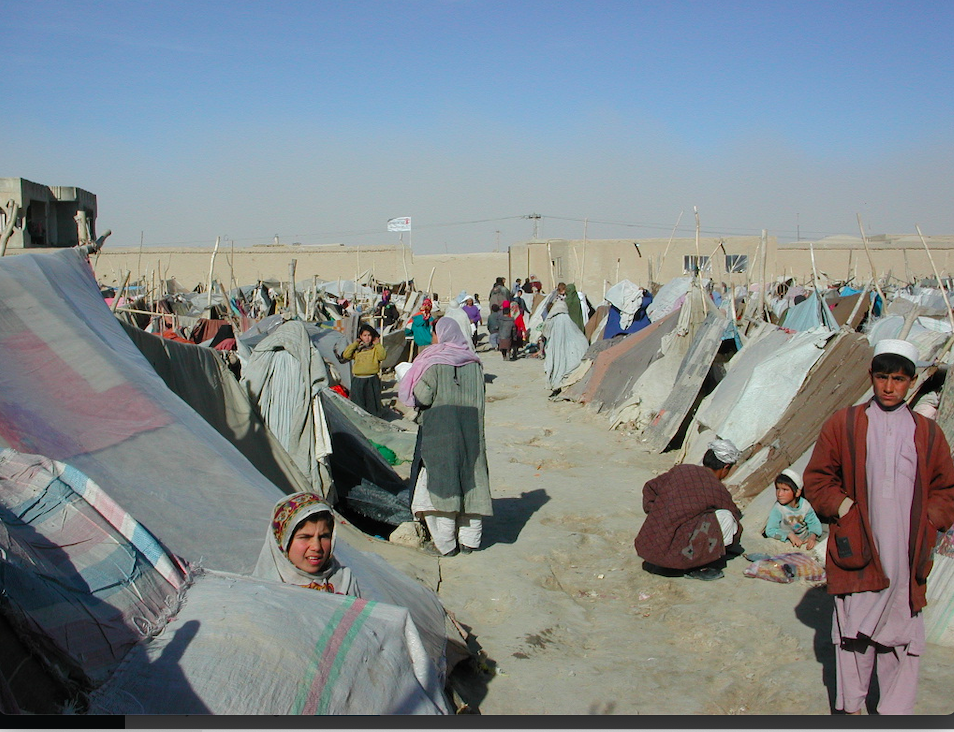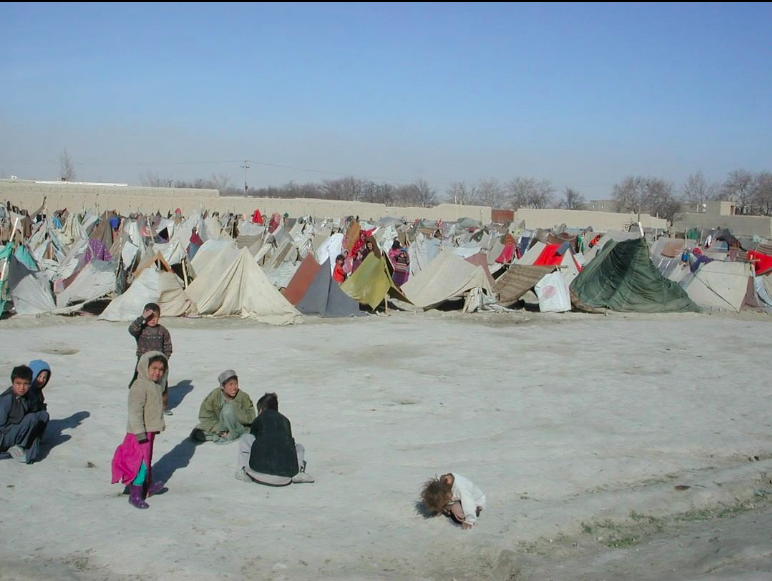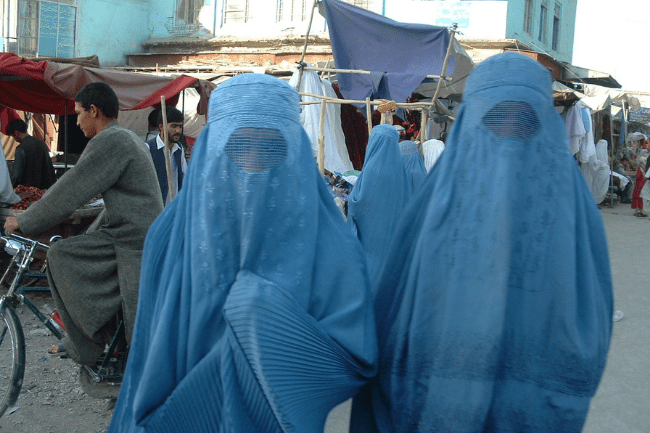What is daily life like for Christians in Afghanistan?
Hana: Afghanistan’s Christians are on the move, trying their best to avoid detection. Many families who faced persecution in the past see a continuation of this persecution; however, now there is no safety anywhere, for anyone. The schools were closed and are now only open for boys; many girls are very upset that they had to stop their education mid-stream. They are capable and intelligent—our Christian girls and boys are compassionate, and willing to serve people. However, the opportunity for the church to engage with the wider community for now is on hold.
“The Christian [in Afghanistan] is a ‘kafir’ [‘sinner’ or ‘infidel’]. If [it’s discovered] that some man is a Christian, they would kill [him] immediately. And not only the person, but also the whole family … would be killed.”
—Nilufar, Afghan refugee in Central Asia
During the Taliban takeover, Open Doors was able to confirm multiple reports that the Taliban had a list of Christians and it was going door-to-door, searching for believers. What was the result of that door-to-door action?
Hana: The door-to-door action involved groups of soldiers launching violent attacks on those on the list, and their families. Many have been killed as retribution for years of being out of power. Others have fled the violence and live in hiding. Christians who worked with the former regime and the West are under particular pressure. There is no sign of any forgiveness.
“In the morning, leaving home, people say goodbye to their parents and relatives because there is no certainty that they will return home and see their family again.”
—Abdulla, Afghan refugee in Central Asia
A believer from Afghanistan recently told us that her parents, still in Afghanistan, describe the country as “a prison” for women. Can you talk about the specific impact of the Taliban’s rule on women?
Hana: This is the return to the ways of [an extremist branch of] Islam that sees women as the “property” of men who have one purpose: to produce more soldiers for the fight or jihad. Therefore, for some it is a prison; others have been forced into marriage with Taliban fighters who abuse them for the purpose of raising a family. This strategy also ensures a long-term link with the community, and it is the best way to embed their ideology and fighters. The levels of fear rising in the community in Afghanistan ensures compliance, as anyone who disagrees with the regime are tracked [now] and killed later. The numbers of female activists killed in Afghanistan continues—now as state-sanctioned and -approved [actions].
“The women now live as in prison—[like] how it feels to be in a closed box. They can’t breathe. If a woman goes out, she doesn’t know what will happen with her in the next 10 minutes. Will she return home … or not?”
—Nilufar, Afghan refugee in Central Asia
“It is very difficult to live in Afghanistan now. Women don’t have any human rights there. [They] have been forced to wear the hijab [head coverings]. And if a woman refuses to wear the hijab, she will either be killed or severely beaten.”
—Shafika, Afghan refugee in Central Asia
“I have two nieces [still in Afghanistan]. They also have daughters. They can’t go outside. If they come out, they will be caught and killed.”
—Hadija, Afghan refugee in Central Asia


